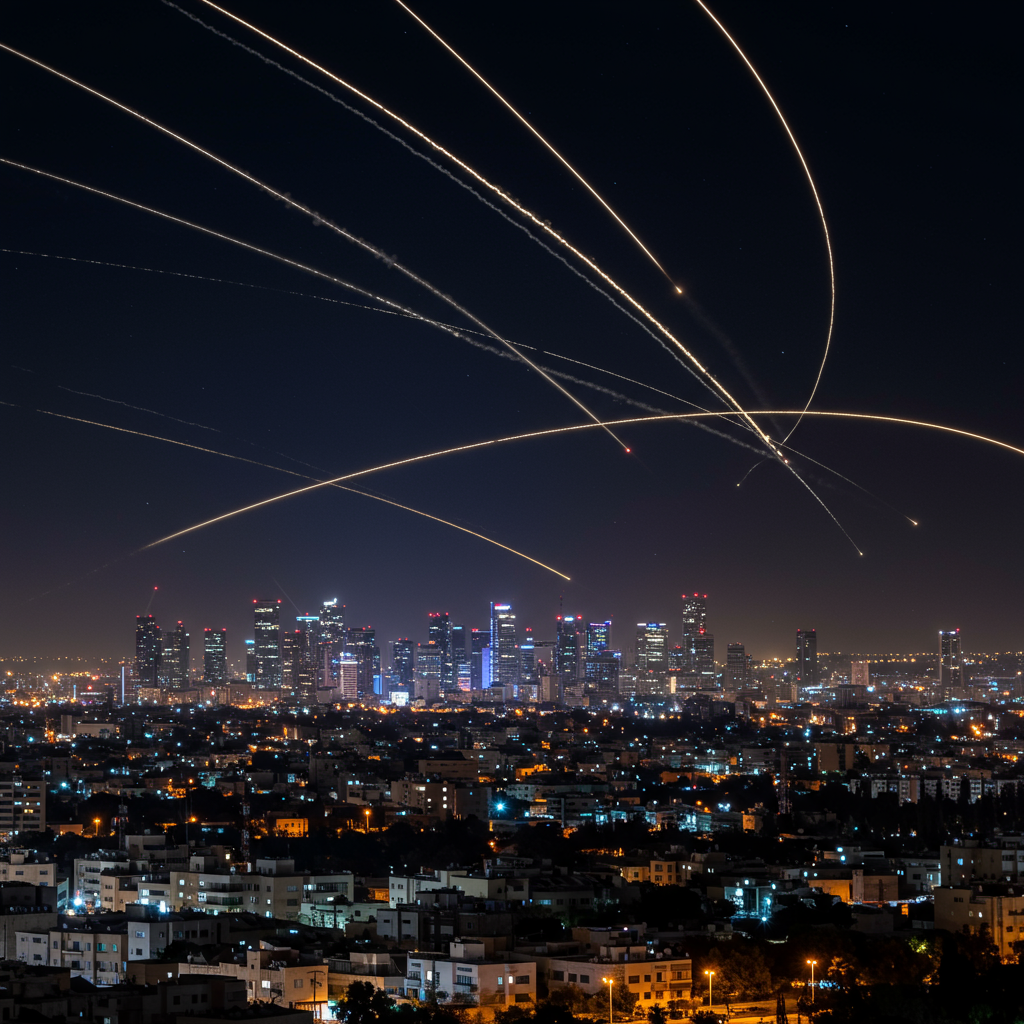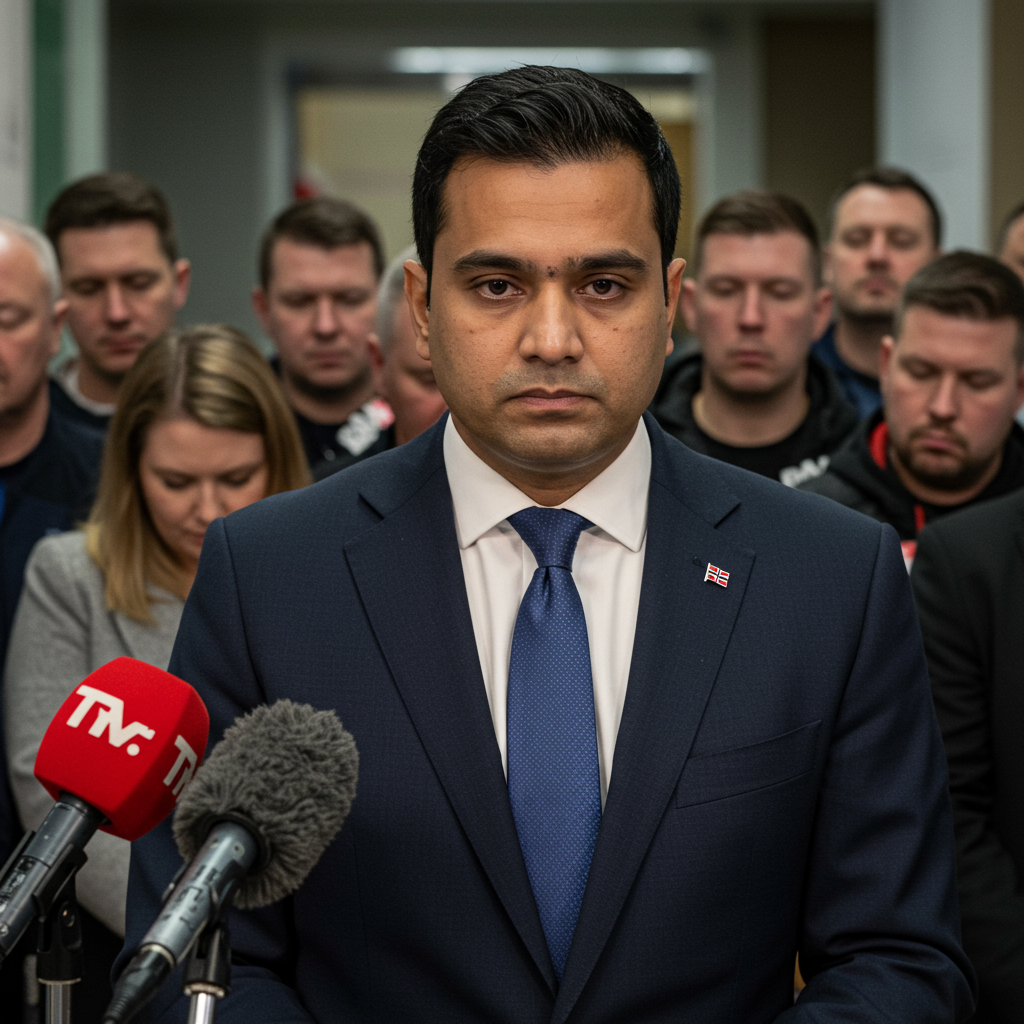The long-simmering Israel-Iran conflict has escalated dramatically, bringing the reality of direct military strikes home to civilians. Recent days have seen Iran missile attacks targeting major Israeli cities, disrupting daily life and profoundly impacting the national sense of security. This surge in direct fire is forcing Israel to confront a potentially “new kind of war” that reaches beyond its borders and into its urban centers.
For residents of Tel Aviv and Haifa, these Iranian strikes have been a jarring experience. Ballistic missile salvos have reportedly struck residential areas, leading to casualties and damage to infrastructure. The normally vibrant streets of Tel Aviv, Israel‘s financial and cultural hub, have fallen quiet. Nonessential businesses and schools are closed, public transport is reduced, and restrictions on public gatherings are in place as authorities respond to the immediate threat. Haifa, a key port city in the north, has also been a target. This marks a significant shift, as Iran had previously relied primarily on proxy forces rather than direct attacks on Israel.
The immediate threat of incoming missiles has deeply shaken Israelis, highlighting a vulnerability some compare to the experiences of Palestinians in the ongoing Middle East conflict. The sense of security, already fragile, has been further fractured by the direct impact of Iran‘s capabilities.
Escalation and Humanitarian Impact Beyond Israel
These direct attacks from Iran followed Israeli military actions against Iranian military and nuclear sites. However, the human cost of this escalating conflict is not confined to one side. Reports from Iran detail a severe humanitarian crisis unfolding within the country following these Israeli strikes.
Hospitals in Iranian cities, particularly Tehran, have been described as overwhelmed. As the conflict intensified, medical facilities saw a “flood” of wounded. Doctors at hospitals like Imam Khomeini Hospital in Tehran reported scenes of chaos and despair in emergency units – a “bloodbath” of casualties ranging from toddlers to the elderly. Medical staff are reportedly exhausted, struggling to cope with the sheer volume of patients arriving with life-threatening injuries, severe burns, shrapnel wounds, and internal bleeding.
Many injured are civilians, with reports of profoundly bleeding mothers bringing in their wounded children, sometimes unaware of their own injuries initially. The strain on Iran’s medical infrastructure is immense, with hospitals reallocating beds and transferring patients to manage the crisis.
Amidst the mounting casualties, there have been indications that Iranian authorities are attempting to control information regarding the true scale of the humanitarian impact. Hospital staff have reportedly been instructed not to share details about the wounded or dead on social media, and journalist requests for information have been denied.
The direct exchange of fire between Israel and Iran, and the resulting civilian impact felt in cities like Tel Aviv, Haifa, and Tehran, underscores the dangerous new phase of this conflict. Both nations are grappling with the immediate and devastating consequences of a war that is increasingly reaching their populations, demanding a bracing for this difficult new reality.



